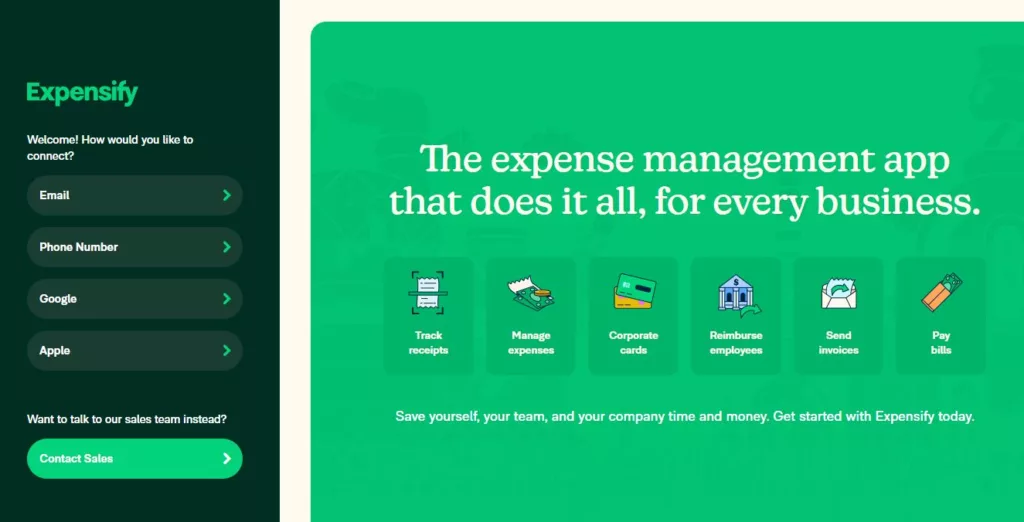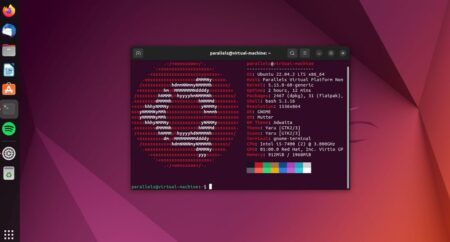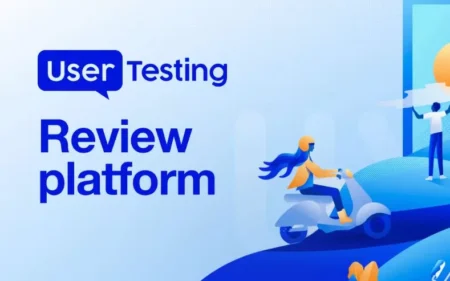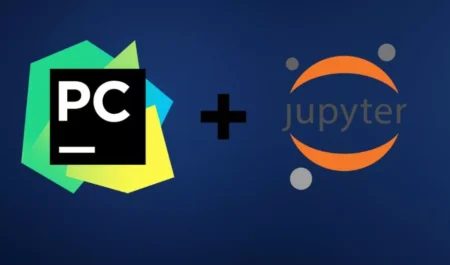48
I believe that you must be very careful with your money and keep an eye on it if you want to do well in the fast-paced world of business. Platforms like Expensify and Ramp are great for businesses because they let them adapt quickly to new situations. There are personalised tools on these sites that can help you keep track of your spending, make budgets, and generally handle your money better. For a long time, I’m going to talk about how Expensify and Ramp are alike and different.
You can choose wisely if you read about the major features, how easy they are to use, how well they connect with other apps, how good the customer service is, how much they cost, and what you get in return. Picking the right tool is important if you want to keep track of your spending, stick to your budget, and reach your financial goals. This is true whether you’re a well-known brand, a small business just starting out, or a company that’s getting bigger. Expensify and Ramp are two tools. This article will help you pick the best one for your company.
Comparison Table
The first thing we’ll do is make a brief comparison of Expensify and Ramp in terms of their most important features and functionalities.
| Feature | Expensify | Ramp |
|---|---|---|
| Target Audience | Individuals, freelancers, all company sizes ???? | Mid-sized companies, finance teams ???? |
| Free Trial | Yes ???? | No ❌ |
| Mobile App | Yes (iOS, Android) ???? | Yes (iOS, Android) ???? |
| Virtual Cards | Yes ???? | Yes ???? |
| Physical Cards | Limited availability ???? | Yes ???? |
| Expense Tracking | Receipt scanning, automatic categorization ???? | Automatic receipt capture, real-time expense tracking ???? |
| Reporting | Customizable reports ???? | Built-in reports with real-time insights ???? |
| Integrations | Wide range of integrations ???? | Integrates with popular accounting software ???? |
| Customer Support | Email, Phone ???????? | Email, Phone, Live Chat ???????????? |
| Visit website | Visit website |
User Interface and Ease of Use
I found that Expensify have an easy-to-use layout that focuses on simple navigation. This makes it very simple for me to keep track of my spending. When it comes to managing expenses, whether they are for my personal life or my business, I always choose this tool because it has powerful features that make the process easier.
Ramp, on the other hand, does things very differently. Its modern, streamlined user interface puts a lot of stress on being simply accessible. The design of the platform, which is focused on improving workflow integration, makes it possible for me to view it quickly and easily. Ramp is a good choice for businesses that want to get better at managing their money because it puts a lot of stress on being easy to use and efficient.
Expense Management and Tracking
Real-time cost tracking is something I know how to do with Expensify. This lets me keep track of my spending as it happens. The tool that let me scan receipts made the process easier for me because it let me collect and store digital receipts. Expensify has also made it easier for me to fill out expense records automatically, which has saved me a lot of time and work.
On the other hand, Ramp seems to be very good at sophisticated cost classification, which helps me find expenses more accurately. Compliance with policies is guaranteed, and my spending is guaranteed to be in line with the organization’s rules and guidelines. Additionally, Ramp offers flexible approval workflows that let me change the approval process to exactly fit my needs. This gives me more control over how costs are managed.
Budgeting and Financial Controls
From what I’ve seen, Expensify has good budget tracking tools that let me set budgets for different types of costs and stick to them. You can also set limits on how much I can spend, which helps me stick to those limits. Expensify also has tools for enforcing expense policies, which makes sure I follow the rules my company has set up for managing costs.
With Ramp, on the other hand, you can make a budget that changes as your business and money needs do. With this tool, I can change how my interests and goals affect how I spend my money. In real time, Ramp also shows me where my money is going and where I could save it. This makes it easy for me to see how I’m spending my money.
Integrations and Compatibility
The integrations that Expensify has are very helpful for me, especially when it comes to accounting apps like NetSuite, Xero, and QuickBooks. With these integrations, it’s easy for me to enter data about expenses, automate reporting, and match up transactions. Also, the fact that Expensify works with CRMs like Salesforce and HubSpot has made it much easier to keep track of costs related to projects, sales, and contacts with clients.
Ramp, on the other hand, has strong connections with popular payment systems like Square, PayPal, and Stripe. This has made it easier for me to keep track of transactions in real time, centralise payment data, and do reconciliation chores. Also, Ramp’s ability to work with well-known accounting programmes like Sage Intacct and Oracle NetSuite has made sure that my financial data is correct and follows all accounting rules.
Mobile App Experience
When it comes to maintaining control of my expenditures when I am on the move, I think that the mobile software that Expensify provides is really useful. Using the camera on my smartphone, I am able to simply take receipts, submit expenses directly from the app, and participate in approval workflows, all of which contribute to the overall streamlining of the process for me. When I use Ramp’s mobile app, on the other hand, I love the comparable functionalities along with the additional benefit of receiving insights into my spending patterns.
This is a significant advantage. By giving me with real-time updates on my spending, notifications when I am getting close to reaching my budget restrictions, and personalised advice for optimising my expenses, this makes it easier for me to stick to my budget. Both of these applications provide me with a user-friendly and effective experience on my mobile device, which in turn helps me to have a better handle on my financial situation.
Customer Support and Resources

From what I’ve seen, Expensify offers a wide range of customer service options. Our knowledge bases are strong and full of in-depth articles and helpful lessons that walk users through using different features and functions. Besides that, we offer responsive support methods like live chat, email support, and phone support. This multifaceted method makes sure that you can get the help and information you need at all times while using Expensify.
On the other hand, Ramp stands out because it offers support services that are highly customised to meet the wants of each client. They give you a dedicated account manager who acts as a trusted advisor, giving you expert advice and responding quickly to any worries or questions you have. Additionally, Ramp’s dedication to ongoing training materials guarantees that users can always improve their abilities and make the most of the platform to its fullest, which ultimately improves the performance and efficiency of their businesses.
Pricing Plans and Value for Money
When I look into using Expensify, I see that it has a monthly fee for each user, which can add up for bigger teams like mine with lots of users. This pricing plan might make my costs go up as the size of my team grows, which makes it less cost-effective for businesses like mine that have a lot of employees.
On the other hand, I like that Ramp’s price is based on transactions, so I’m only charged for what I actually use and how many transactions I make. Companies like mine that spend a lot of money may find this method more cost-effective because we only pay for the activities and services we use. Sometimes it can save money, especially for businesses like mine that handle a lot of transactions or bills.
What’s the Best Platform for You?
In the process of selecting between Expensify and Ramp, I discovered that the decision is highly dependent on the particular business requirements I have, the limits of my budget, and the features that I want. For the purpose of making an educated choice, I considered a number of aspects, including the user experience, the capabilities of expense management, integrations, mobile accessibility, customer assistance offered, and cost.
Feel free to share this post on Facebook and Twitter if you think it was a good read and could be of use to your friends and family. The act of sharing something of value increases the likelihood that other people will find it useful for their own purposes.
Expensify: The Good and The Bad
Expensify is a popular expenditure management tool that automates report generation, streamlines cost tracking, and improves financial control. Like any software, Expensify has pros and cons. To help potential users and businesses, let’s examine Expensify’s pros and cons.
The Good
- Free tier available
- Wide range of integrations
- Powerful reporting features
The Bad
- Steeper learning curve
- Limited physical card availability
Ramp: The Good and The Bad
Ramp is a leading expense management company that optimises budgeting, improves financial controls, and simplifies spending tracking. Ramp has pros and cons like every platform. Let’s examine Ramp’s pros and cons to inform potential users and businesses.
The Good
- User-friendly interface
- Real-time expense tracking
- Robust financial controls
- Free corporate card program
The Bad
- No free trial
- Transaction fees
Questions and Answers
Can Expensify handle complex expense policies?
Expensify does, in fact, provide you with the ability to customise policy enforcement and approval workflows in order to accommodate a wide variety of spending rules.
When it comes to small businesses, is Ramp a good option?
The answer is that Ramp is able to accommodate organisations of any size thanks to its scalable solutions and open pricing structure.
How exactly does Ramp guarantee the safety of the data?
The answer is that Ramp uses stringent security procedures to protect sensitive financial data. These safeguards include encryption, access controls, and routine audits at regular intervals.
You Might Be Interested In










Leave a Reply